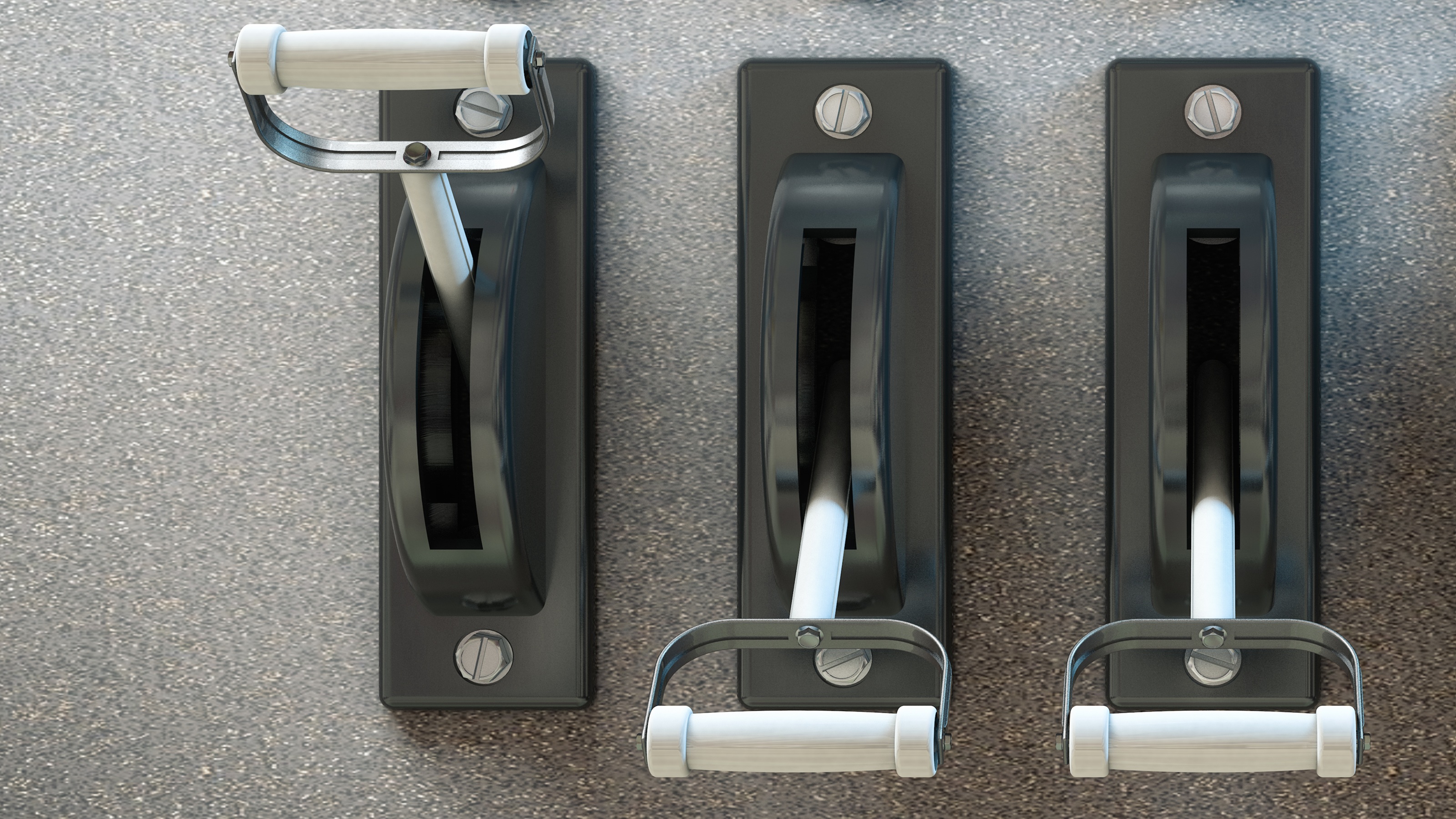401(k) Basics: 7 Things You Should Know When You Enroll
When you start a job there’s a ton of paperwork to fill out, but don’t let that keep you from carefully considering what to do about signing up for your 401(k). Here are some basics to know to make the right moves.


Enrolling in an employer’s 401(k) plan can be one of the easiest ways for a worker to save for retirement.
If you’re new to 401(k)s, it may seem prudent to do whatever the guy sitting next to you says he did — especially if the enrollment forms are included in a pile of orientation paperwork you want to get through quickly. But if you follow a co-worker’s recommendations, or use the plan’s default options and then never go back to review and update your choices, you could miss out on important opportunities to maximize your retirement savings.
Whether you choose a traditional 401(k) or a Roth 401(k), you’ll receive some sort of tax break. Any matching contribution you might receive from your company is like getting free money. And by making contributions through automatic payroll deductions, you can build your account without being tempted to spend the money elsewhere.
Although there’s no way to know how much income you might ultimately receive from your investments — given the unpredictability of the market — there aren’t many financial professionals who would advise against using a 401(k) as part of an overall retirement plan.
That doesn’t mean, however, that you should forgo reading up on your plan’s rules, the investment options available, or any hidden fees that might eat away at your nest egg over time. Even if you’ve had a 401(k) before, the specifics can vary from one plan to the next.
Here are some things to look for (or ask questions about) when you sign up for a 401(k):
The appearances in Kiplinger were obtained through a PR program. The columnist received assistance from a public relations firm in preparing this piece for submission to Kiplinger.com. Kiplinger was not compensated in any way.

Eligibility
Many employers allow new hires to enroll in the company 401(k) on their first day of work — and some even offer automatic enrollment. But your employer could have a waiting period of a few months — or even a year — before you’re eligible to participate. To get the most from your plan, be prepared to sign up as soon as possible.

Employer Contributions
Most companies that provide a 401(k) plan offer matching contributions to employees who participate. The amount varies, but it’s often a 50% or even 100% match on a predetermined percentage of an employee’s annual pay.
Here’s an example of how a typical matching scenario might work: Let’s say your employer offers to kick in 50 cents for every dollar you put into your 401(k), and the company will contribute that amount for up to 6% of your pay. If you earned $50,000 in a year, and you chose to contribute $3,000 to get the maximum employer match, your employer would add another $1,500 to your account. You can see why advisers recommend going for the maximum match if you can manage it. Leaving that money on the table is a little like turning down a bonus or a raise.

Employee Contributions
The IRS sets a limit on the amount an employee can contribute each year to a traditional 401(k). The limit for 2021 is $19,500, and those who are 50 and older can make an additional $6,500 catch-up contribution. It usually makes sense to contribute at least enough to your 401(k) to get the maximum matching contribution from your employer.
If you want to go beyond that amount (some professionals recommend saving 10% or more of your annual salary), putting money into a traditional or Roth IRA — or some other investment strategy outside of your 401(k) — could help you further diversify your mix.

Vesting
The money you contribute to your 401(k) plan is yours to keep from day one, but the contributions your employer makes may be subject to a vesting schedule. That means you might have to remain on the job for a year or more before you gain 100% ownership of your employer’s contributions. If you aren’t sure how long you’ll be sticking around, you’ll want to know what your employer’s vesting schedule looks like.

Allocations
Most 401(k) plans offer target-date funds (an investment mix based on the year you expect to retire) as an option for participants. They’re a popular default choice because they’re easy for hands-off investors who aren’t interested in creating or monitoring their own mix. But that convenience may come at a cost.
The fees for managing the fund may eat away at the money you’re trying to grow. And if you’re invested in only one fund, you may not be as diversified as you think. (Especially if your 401(k) is your only retirement account.) Ask your plan administrator about all your options. And remember: You aren’t locked in. You can always change your investment choices to better suit your goals or your personal tolerance for risk.

Taking Money Out
Taking money from your 401(k) might be the last thing on your mind when you’re signing up for a new account. But because life doesn’t always go according to plan, it’s important to know the rules — and the pros and cons — for loans and hardship withdrawals, and what you can do if you leave your employer. Here are some basics:
- A loan lets you borrow money from your 401(k) and pay it back to yourself over time, with interest. (The interest goes back into your own account.) You won't have to pay taxes and penalties on the loan unless you default and you’re under 59½. But you will miss out on the growth you would have had if you’d kept the money in your account. And if you leave the company while you still owe money, you may have to pay back the loan faster than you planned. (Generally, loans are only an option for active employees.)
- A hardship withdrawal takes money permanently from your retirement savings. You don’t have to pay back the money, but if you're under 59½, the amount you receive will be reduced because of the 10% early withdrawal penalty and taxes you’ll pay to the IRS. Instances that qualify for a hardship withdrawal include, divorce, adoption, disability and high medical expenses that are not reimbursed.

Getting Help
You can ask your HR department or your plan administrator for information about your 401(k), but the decision making will be left to you. It’s a lot — and managing your 401(k) is just a part of building a secure future. If you don’t have the time, energy or desire to figure it out on your own, a financial adviser can help you look at your 401(k) choices within the context of a comprehensive retirement plan designed to work for you.
Securities offered only by duly registered individuals through Berthel Fisher & Company Financial Services, Inc. Member FINRA/SIPC. Investment advisory services offered only by duly registered individuals through Aspire Wealth Management, a Registered Investment Adviser. Insurance offered through Aspire Wealth Management. Tax services offered by Azodi CPA. Berthel Fisher & Company Financial Services, Inc. is not an affiliated company with Aspire Wealth Management or Azodi CPA, or America’s Financial Center LLC, 401K Store, 403b Store, 457b Store.
Profit and prosper with the best of Kiplinger's advice on investing, taxes, retirement, personal finance and much more. Delivered daily. Enter your email in the box and click Sign Me Up.

Todd Schick is the president and financial adviser at Aspire Wealth Management (www.aspirewealthmgt.com). He is a CERTIFIED FINANCIAL PLANNER™ and has earned the Chartered Life Underwriter® and Chartered Financial Consultant® designations.
-
 Five Downsides of Dividend Investing for Retirees
Five Downsides of Dividend Investing for RetireesCan you rely on dividend-paying stocks for retirement income? You'd have to be extremely wealthy — and even then, the downsides could be considerable.
-
 Dow, S&P 500 Slip on December Rate Cut Worries, Nvidia Boosts Nasdaq: Stock Market Today
Dow, S&P 500 Slip on December Rate Cut Worries, Nvidia Boosts Nasdaq: Stock Market TodayNvidia became the first company ever to boast a $5 trillion market cap, but it wasn't enough to lift the Dow and the S&P 500.
-
 Five Downsides of Dividend Investing for Retirees, From a Financial Planner
Five Downsides of Dividend Investing for Retirees, From a Financial PlannerCan you rely on dividend-paying stocks for retirement income? You'd have to be extremely wealthy — and even then, the downsides could be considerable.
-
 I'm a CPA: Control These Three Levers to Keep Your Retirement on Track
I'm a CPA: Control These Three Levers to Keep Your Retirement on TrackThink of investing in terms of time, savings and risk. By carefully monitoring all three, you'll keep your retirement plans heading in the right direction.
-
 Debunking Three Myths About Defined Outcome ETFs (aka Buffered ETFs)
Debunking Three Myths About Defined Outcome ETFs (aka Buffered ETFs)Defined outcome ETFs offer a middle ground between traditional equity and fixed-income investments, helping provide downside protection and upside participation.
-
 This Is Why Judge Judy Says Details Are Important in Contracts: This Contract Had Holes
This Is Why Judge Judy Says Details Are Important in Contracts: This Contract Had HolesA couple's disastrous experience with reclaimed wood flooring led to safety hazards and a lesson in the critical importance of detailed contracts.
-
 A Lesson From the School of Rock (and a Financial Adviser) as the Markets Go Around and Around
A Lesson From the School of Rock (and a Financial Adviser) as the Markets Go Around and AroundIt's hard to hold your nerve during a downturn, but next time the markets take a tumble, remember this quick rock 'n' roll tutorial and aim to stay invested.
-
 I'm a Financial Pro: This Is How You Can Guide Your Heirs Through the Great Wealth Transfer
I'm a Financial Pro: This Is How You Can Guide Your Heirs Through the Great Wealth TransferFocus on creating a clear estate plan, communicating your wishes early to avoid family conflict, leaving an ethical will with your values and wisdom and preparing them practically and emotionally.
-
 To Reap the Full Benefits of Tax-Loss Harvesting, Consider This Investment Strategist's Steps
To Reap the Full Benefits of Tax-Loss Harvesting, Consider This Investment Strategist's StepsTax-loss harvesting can offer more advantages for investors than tax relief. Over the long term, it can potentially help you maintain a robust portfolio and build wealth.
-
 Social Security Wisdom From a Financial Adviser Receiving Benefits Himself
Social Security Wisdom From a Financial Adviser Receiving Benefits HimselfYou don't know what you don't know, and with Social Security, that can be a costly problem for retirees — one that can last a lifetime.
